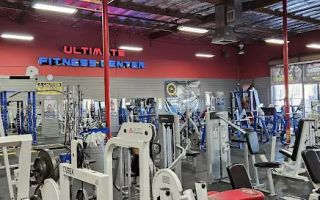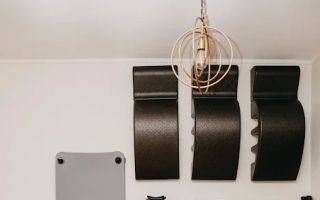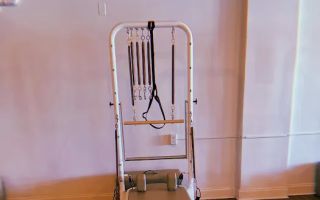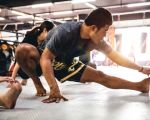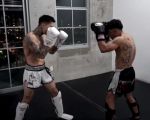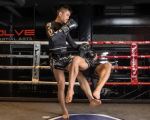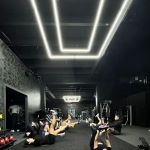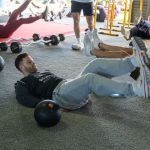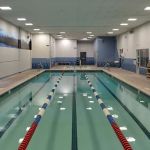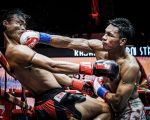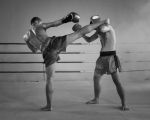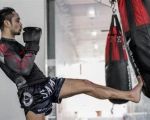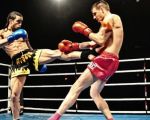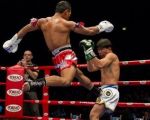Muay Thai Techniques to Increase Flexibility: Unlock Your Full Potential
- Importance of Flexibility in Muay Thai
- Muay Thai Stretching Routines
- Dynamic vs. Static Stretching
- Kick Techniques for Flexibility
- Common Mistakes to Avoid
Importance of Flexibility in Muay Thai
Flexibility plays a critical role in Muay Thai, as it directly impacts your ability to execute high kicks, precise knee strikes, and fluid movements. Being flexible not only enhances your technique but also helps reduce the risk of injury, increases range of motion, and allows for faster recovery. By improving flexibility, you'll be able to perform with better power, speed, and control—essential traits for any Muay Thai fighter. Whether you're a beginner or an experienced practitioner, integrating flexibility exercises into your routine is essential for maximizing your Muay Thai performance.
Muay Thai Stretching Routines
To improve flexibility in Muay Thai, you'll want to focus on stretching routines that target the hips, hamstrings, quads, and shoulders—areas that are key for executing effective strikes and maintaining mobility. Some of the most beneficial stretches for Muay Thai include:
- Hip Flexor Stretch: This stretch helps improve your range of motion for knee strikes and high kicks.
- Standing Hamstring Stretch: A vital stretch for flexibility in your legs, ensuring fluidity in your kicks.
- Quadriceps Stretch: This helps with balance and stability during footwork and kicking.
- Shoulder Stretch: A key stretch for improving clinch control and effective elbow strikes.
Incorporating these stretches into your daily training routine will greatly enhance your flexibility and mobility in Muay Thai. Be sure to hold each stretch for 30-60 seconds to see optimal results, and always warm up properly before stretching.
Dynamic vs. Static Stretching
When training for Muay Thai flexibility, it's important to distinguish between dynamic and static stretching, as both serve different purposes in your routine.
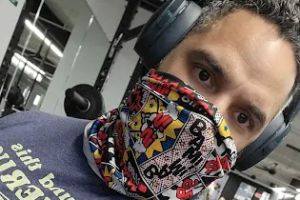
Independent Training Spot
54 W 39th St 3rd floor, New York, NY 10018, USA
Dynamic Stretching
Dynamic stretching involves active movements that stretch the muscles through motion. This type of stretching is best used as part of your warm-up, as it prepares your body for the demands of Muay Thai training. Examples of dynamic stretches for Muay Thai include leg swings, hip circles, and high knee pulls.

The Training Room ATL.
742 Ponce De Leon Pl NE, Atlanta, GA 30306, USA
Static Stretching
Static stretching, on the other hand, is performed when your body is at rest. This type of stretching is best for improving flexibility and should be done after your workout when your muscles are already warm. Static stretches help lengthen muscles, increase joint flexibility, and promote relaxation.
Incorporating both dynamic and static stretching into your Muay Thai training is essential for maintaining a balance between flexibility, strength, and mobility.
Kick Techniques for Flexibility
Muay Thai kicks are one of the most powerful weapons in a fighter's arsenal. To execute these kicks with speed and power, flexibility is key. Here are a few techniques to help you improve your flexibility for kicking:
- Roundhouse Kick: To master the roundhouse kick, focus on your hip flexibility. The more you can rotate your hips, the higher and more powerful your kick will be.
- Front Kick: This kick requires flexibility in the hamstrings and calves. Practice the front kick while keeping your legs straight and your foot flexed to increase flexibility.
- Teep (Push Kick): Flexibility in the hips and ankles is crucial for a proper teep. Practicing this kick will help improve your overall flexibility and ability to control your opponent's movements.
Make sure to incorporate these kicking techniques regularly into your training, as they will both improve your flexibility and develop your skill set as a Muay Thai fighter.
Common Mistakes to Avoid
When working on flexibility for Muay Thai, it's important to avoid common mistakes that could hinder your progress or even lead to injury. Here are some tips to keep in mind:
- Skipping Warm-Ups: Never skip your warm-up, as it prepares your body for the intense stretches and movements required in Muay Thai.
- Overstretching: Pushing too hard during stretches can lead to injury. Gradually increase your flexibility over time to avoid straining your muscles.
- Neglecting Consistency: Flexibility is a long-term commitment. Make stretching a daily habit to see significant improvements.
By avoiding these mistakes, you'll be able to train effectively and safely, helping you reach your flexibility goals and enhance your Muay Thai skills.
Final Thoughts
Improving your flexibility for Muay Thai is essential for mastering the fundamentals and executing powerful strikes. By following proper stretching routines, incorporating dynamic and static stretching, and focusing on your kick techniques, you'll see significant improvements in your performance. If you're looking for additional resources or expert advice on Muay Thai training, check out Humble Challenger for affordable training programs and flexibility-enhancing tips.







